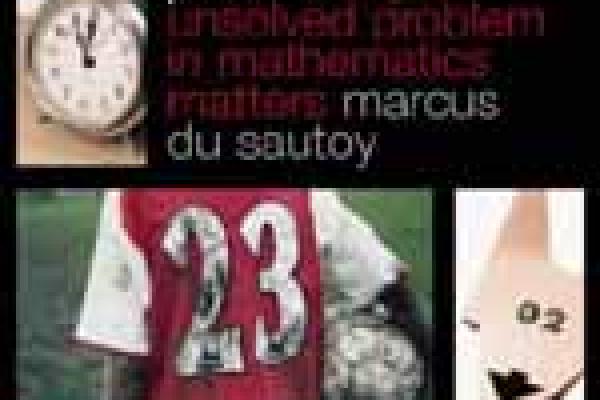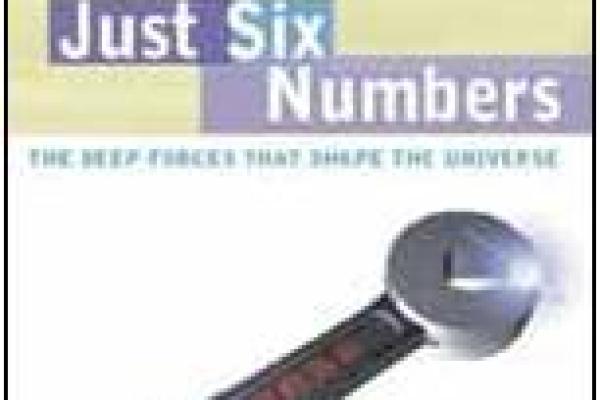Basic page
Plus Magazine
September 2003
In the first of a new series 'Imaging Maths', Plus takes an illustrated tour of an extraordinary geometric construction: the Klein bottle.
Tags
Taxonomy upgrade extras



